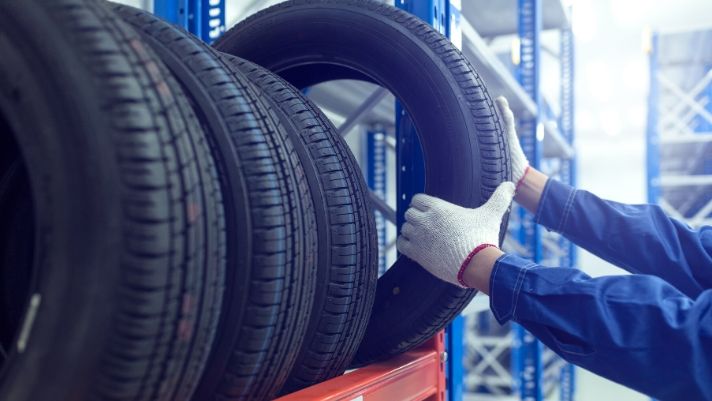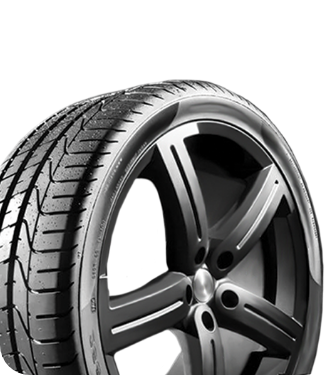

How Does Your Car’s Wheel Size Affect Its Performance?
Wheels |For a lot of us, when we get a new car or truck, the first thing we want to do is make it our own. The instinct to add our own personal touch to things will never go away. We see something, no matter how cool or practical, and want to change something about it to let the world know it’s ours, and why not? When it comes to cars, the first thing that most people want to change is the wheels. It’s an easy way to customize any car or truck and make it look special and uniquely yours. Something to consider, though, before changing your wheels is how your car’s wheel size affects its performance. The look and style are important, but if you care about efficiency and power, then read on and educate yourself. First, we are using the term “wheel” on purpose to refer to all the components of this crucial part of your car, from the alloy rim to the tire, and all its features in terms of thickness, sidewall, tread, and so on. When trying to pick out a tire size for your car, it’s important to know what you’re buying. Every style of tire has a series of numbers attached to them. Those numbers tell you three distinct facts, and they all have to do size. Pirelli used this formula, 185/55 R15, for one of its tires. The first number, 185, is the width of the tire in millimeters. The second, 55, is the sidewall height, also in millimeters. The final number, R15, means the tire is a radial (R), and it’s 15 inches in diameter. That formula can be applied to almost every brand of tire. When designing a car, engineers work closely with tire manufacturers to determine what sizes can be fitted on a given vehicle and adjust the transmission ratio accordingly. By way of comparison, we can consider the total wheel diameter as the length of the final reduction ratio of the transmission. Increasing the wheel diameter will also increase the final reduction ratio, which has two consequences: acceleration potential is decreased, but a higher top speed is reached. In other words, the bigger the tires on a car, the slower it will accelerate, but it will have higher top speeds. Naturally, these changes are proportional to the variation of size. The consequences of a few millimeters of difference may be undetectable, but more radical changes may cause more obvious variations. There is another element to take into consideration: increasing the wheel diameter will also increase the axle weight as a whole. This will increase inertia, cause further loss of acceleration, and also lower cornering accuracy. The behavior of the car may also change; increasing the tire diameter will obviously raise the chassis height and the center of gravity as a consequence, with the direct effect of increasing roll and oscillations. The car will handle differently and potentially become more cumbersome, handling like a dump truck instead of a sports car. There are consequences to increasing the tread width. A larger wheel width will increase friction between the wheel and the road. A positive effect of this is an increase in road holding and shorter stop distances. But rolling resistance also increases at the same time, making the engine work harder to move the vehicle and burn more fuel. Lastly, it is worth mentioning that wheel size will influence the speedometer readout because it is set and type-approved for original equipment tires. Changing the wheel size will make your speedometer less accurate. It’s better to know that going in so a police officer doesn’t give you a $150 reminder. We have a huge selection of new tires in Sumter, SC, for every make and model on the road. Drive in today!





